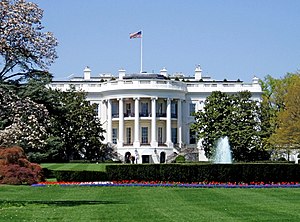
Image via Wikipedia
Robert Reich
The most important thing to know about the 1,500 page financial reform bill passed by the Senate last week — now on he way to being reconciled with the House bill — is that it’s regulatory. It does nothing to change the structure of Wall Street.
The bill omits two critical ideas for changing the structure of Wall Street’s biggest banks so they won’t cause more trouble in the future, and leaves a third idea in limbo. The White House doesn’t support any of them.
First, although the Senate bill seeks to avoid the “too big to fail” problem by pushing failing banks into an “orderly” bankruptcy-type process, this regulatory approach isn’t enough. The Senate roundly rejected an amendment that would have broken up the biggest banks by imposing caps on the deposits they could hold and their capital assets.
You do not have to be an algorithm-wielding Wall Street whizz-kid to understand that the best way to prevent a bank from becoming too big to fail is preventing it from becoming too big in the first place. The size of Wall Street’s five giants already equals a large percentage of America’s gross domestic product.
![Reblog this post [with Zemanta]](http://img.zemanta.com/reblog_a.png?x-id=63c9e289-a825-4182-936d-0b8783968145)